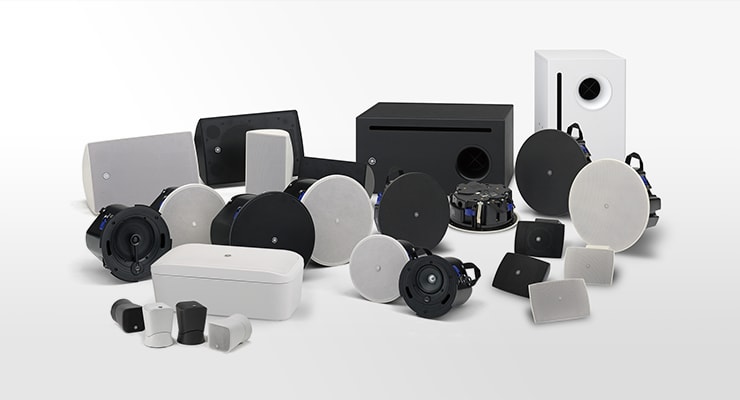
Positioning security cameras efficiently remains crucial to enhancing monitoring across various settings, including homes, commercial properties, and community areas. The primary objective of security systems is to discourage criminal activity while also offering evidence during case of incidents. To attain this, it becomes important to take into account various elements, such as surveillance camera location, field of view, as well as the specific zones that require oversight. By understanding these factors, individuals and entities can create a thorough surveillance plan that maximizes the efficacy of their security solutions.
One of the initial steps in placing security systems is to determine key locations that need monitoring. Vulnerable zones, including entrances, exit points, parking areas, and locations with valuable items, should be given priority. It is crucial to consider areas not visible, that are locations that may not be visible from certain perspectives. By mapping out these critical areas, security staff can ensure that all corner remains observed, reducing the chances of illegal activity going undetected. Additionally, installing surveillance systems at strategic locations can help create a comprehensive view of the property, enabling for improved overall security coverage.
The field of a surveillance camera is another crucial factor to take into account. Various types of surveillance systems offer different ranges of view, that can influence how much space is recorded in the footage. For example, broad-view cameras can monitor larger areas, making them ideal for open locations, whereas PTZ systems can be adjusted to concentrate on specific features. When positioning cameras, it becomes essential to choose the right type based on the location being monitored. This ensures that the system can capture clear images and offer valuable data in case of an incident.
Elevation and angle of installation also have a significant part in the efficacy of security systems. Cameras must be installed at a height that is out of reach of potential interference but also enables for clear visibility of faces and additional identifying features. A common suggestion is to mount cameras at least eight to ten feet off the floor. Additionally, the tilt at which the system is positioned can affect its capability to record important information. Surveillance systems should be angled to minimize reflection and prevent blockages, guaranteeing that they can capture clear footage at any moments.
In conclusion, routine maintenance and updates to the security system is essential for long-term efficacy. This entails checking camera useful link performance, wiping lenses, and making sure that software remains current. Regular assessments of the monitoring strategy can help detect any new blind spots or areas that might require extra monitoring. By staying proactive and implementing required changes, individuals as well as entities can enhance their surveillance efficacy and guarantee that their security systems remain to serve their intended function.